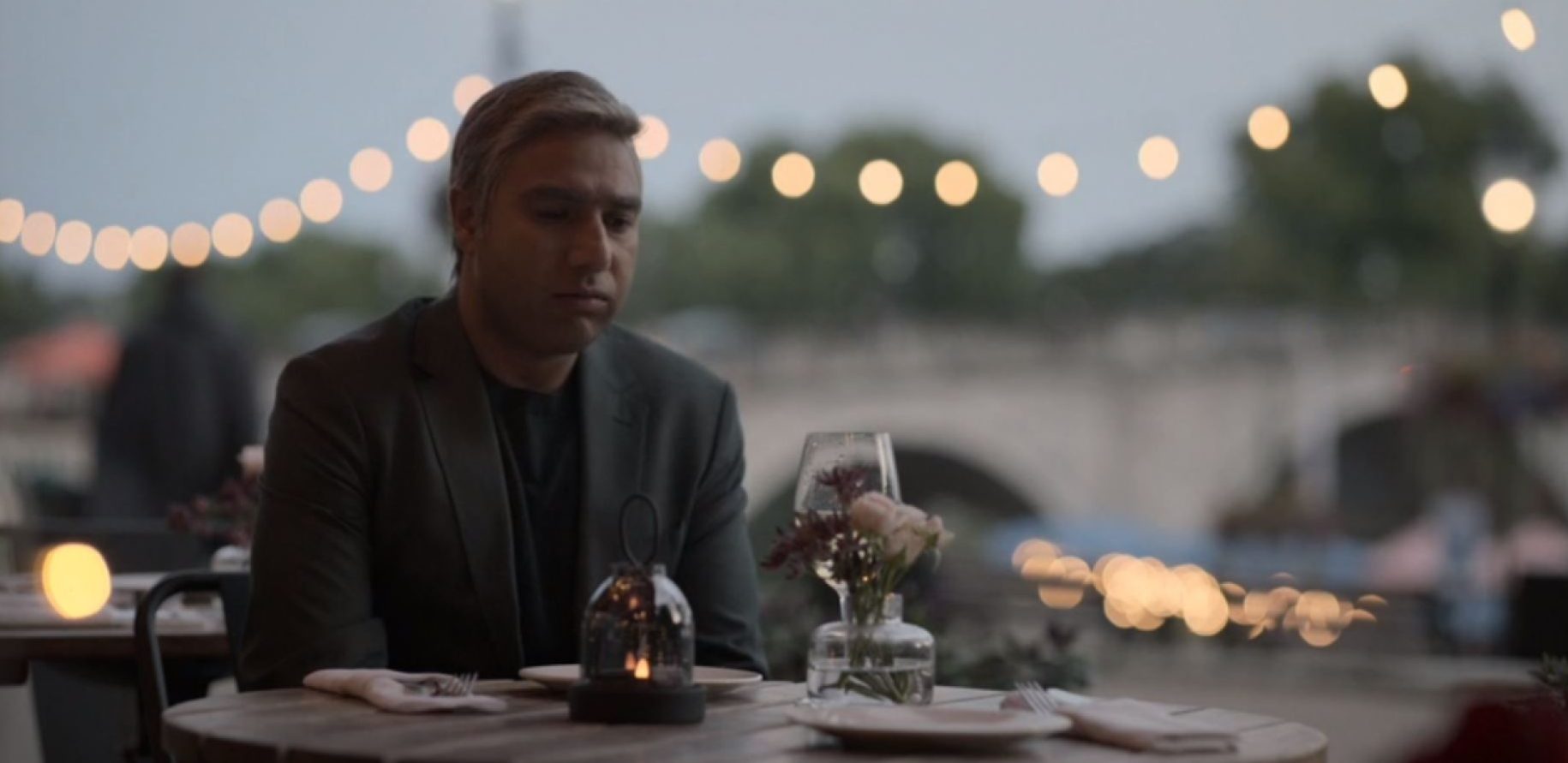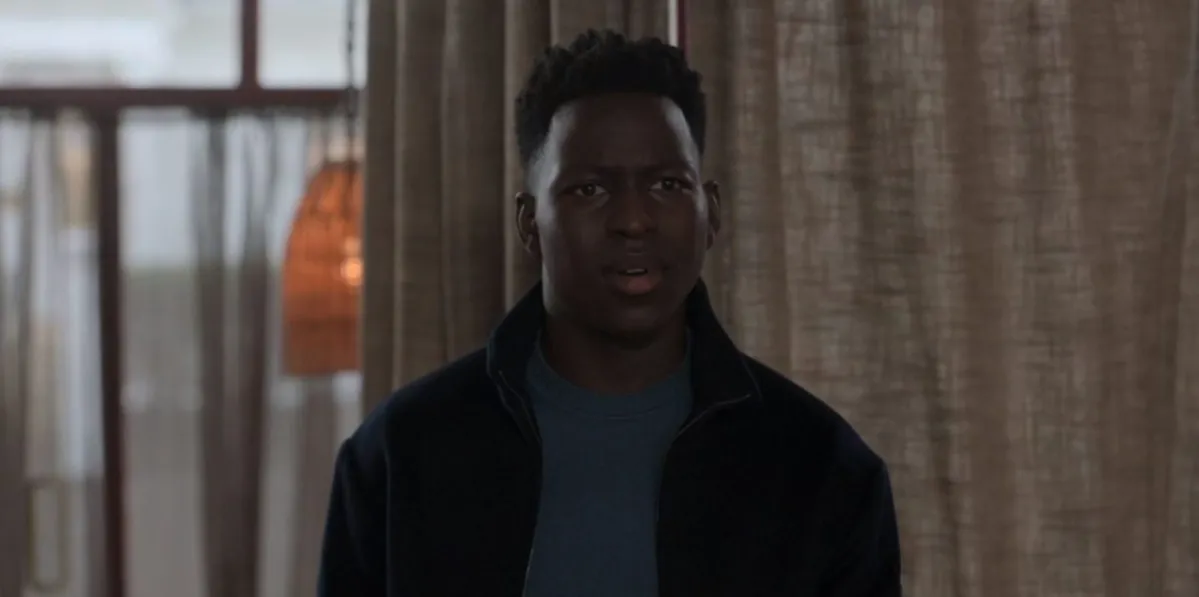While there are a lot of great aspects of Ted Lasso season three thus far, the things not sitting right with me are piling up. Fellow TMS writer Julia Glassman succinctly addressed a number of writing issues. However, I want to hold out on adding more to that much-needed conversation until the end of the season in hopes that things fall into place. That being said, bad lighting is bad lighting. Several head-scratching visual choices this season have cumulated in a poorly lit episode seven. What’s especially concerning is that this happened in an episode explicitly about racism.
Yes, Ted Lasso has mostly upheld a longstanding comedy/sitcom tradition of confining issues of bigotry to one “racism episode” each season. Between episode seven and today, I rewatched the first two seasons to see if I was misremembering things or being hyperbolic. I’m not. Additionally, the episode almost always centers on one of my favorite characters in the show—Sam Obisanya (played by Toheeb Jimoh).
While these Very Special Episodes are always handled fine, so far, this season has not been much different in limiting discussions of racism to a single episode. If those limitations are going to be in place, it would be great to get the full range of storytelling capabilities by at least being able to see what is happening on screen.
Lighting melanin
While not particularly showstopping, Ted Lasso has done a fair job with lighting thus far. Indoor or outdoor audiences can see everyone and while that sounds like an easy feat, it’s not, especially with the vast diversity of skin tones on screen. From the development of photography to the present, imaging technology has failed darker-skinned people. Over the decades, the photo/film industry has invested in improvements. However, as we’ve seen with facial recognition tech garnering a greater error rate among Black participants, there’s still a gap between translating and recognizing darker skin hues of all races.
The ability to light well when capturing the original shot and color grade well in the editing process is a standard skill in film and TV production. And yet, like with hair and makeup (and the casting process itself), there’s a resistance to making sure more melanated cast members are seen. Projects like Moonlight and I May Destroy You received praise for many reasons—one of which is visual contrast. Audiences could see the undertones of the actors’ skin, and they weren’t flattened or washed out.
The Things That Bind Us

Spoilers for season three, episode seven of Ted Lasso …
The OK job Ted Lasso has done with its lighting thus far appears to have changed in a fair bit of season three. No episode is more indicative of that than episode seven, The Things That Bind Us. This is an episode in which we get a glimpse into Nate’s (Nick Mohammed) homelife and see U.K. xenophobia boil up into a hate crime at Obisanya’s restaurant no less. Throughout this episode, these characters and others of a similar complexion to them were barely visible.
Poor lighting in shows and movies is a common complaint right now. However, these Ted Lasso characters weren’t fighting zombies in Westeros or pirates in Neverland—nothing that could even come close to what could be an excuse for poor visuals. The characters were in restaurants, locker rooms, and at home. This wasn’t an indoor versus outdoor issue either because the lighting of the scene where Nate is waiting for his date is inconsistent. It swings between washed-out Nate at any distance to well-lit, contrasted Nate close up. These issues are extremely apparent, especially if you compare this episode to any from an earlier season
At every point in this show, these characters deserve to be shot and color-graded well—especially in episodes that center on them specifically.
(featured image: AppleTV+)










Published: May 3, 2023 6:36 PM UTC